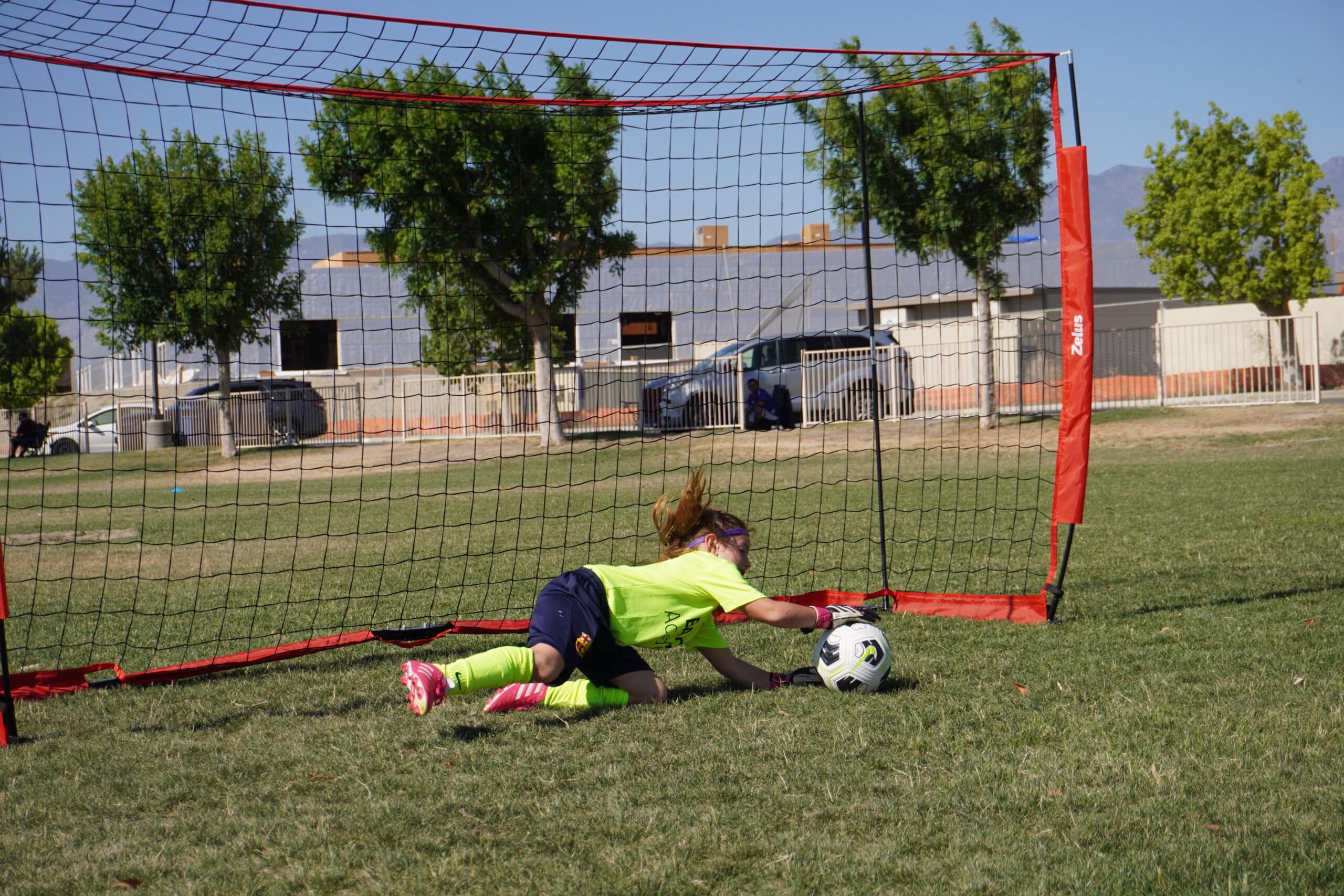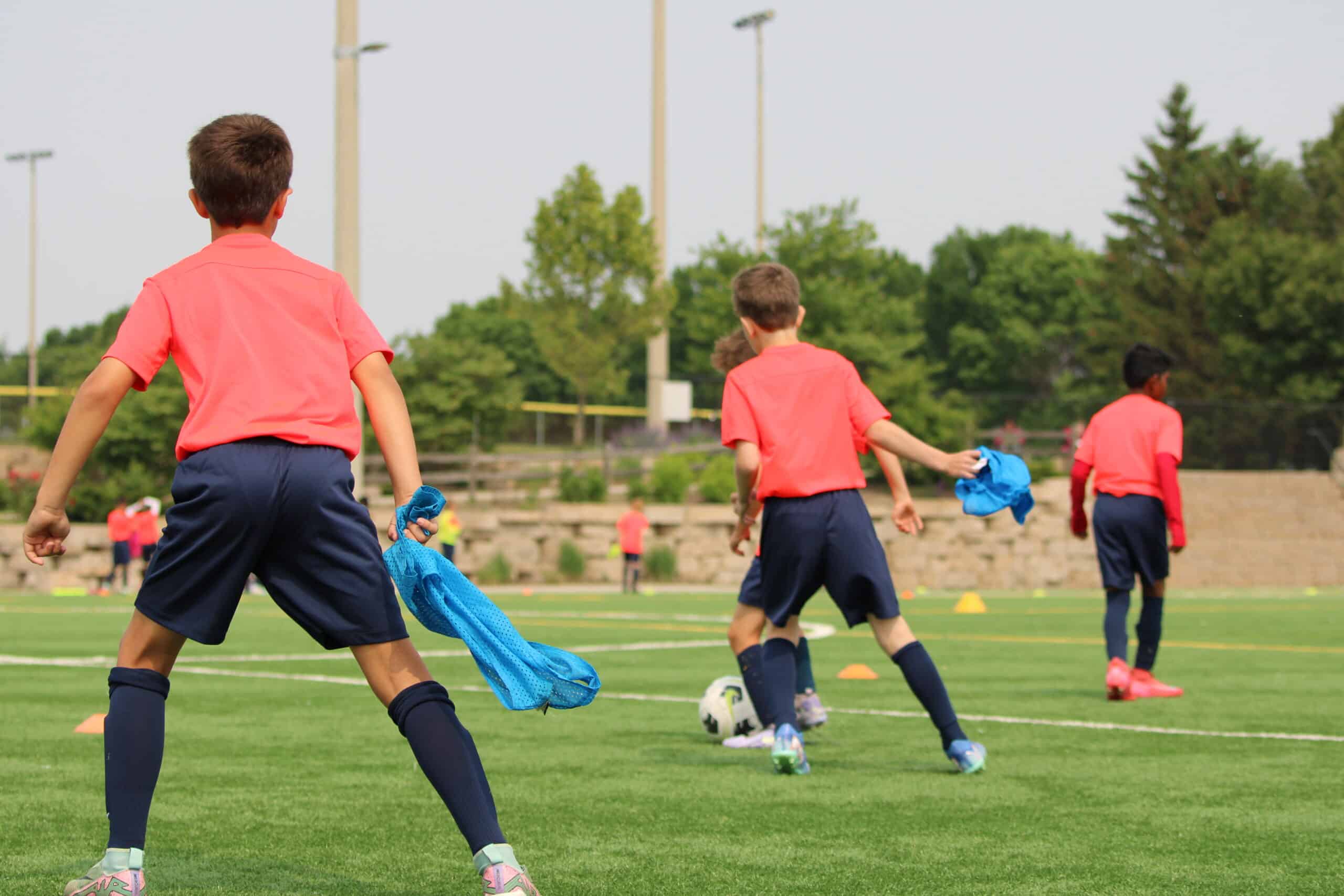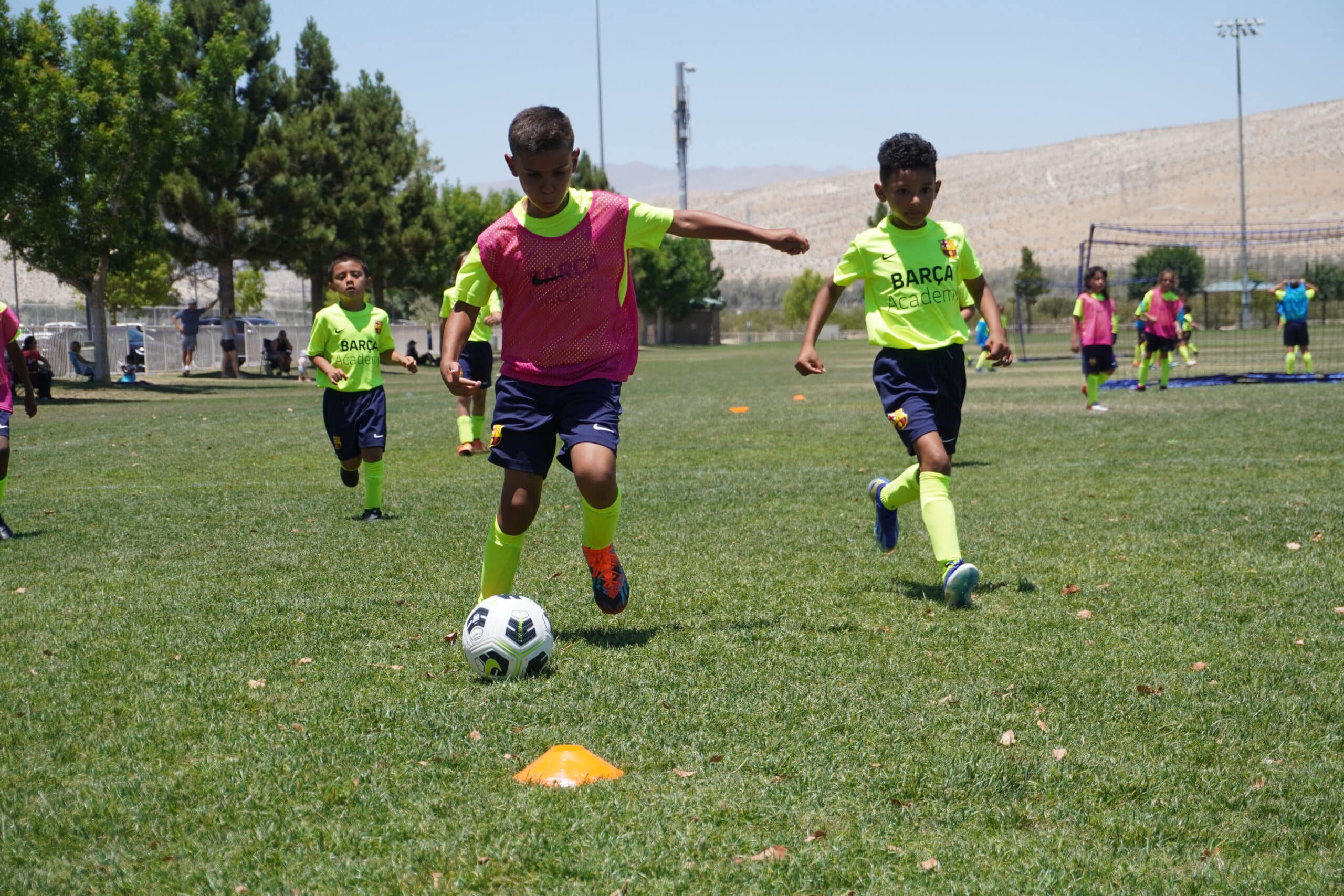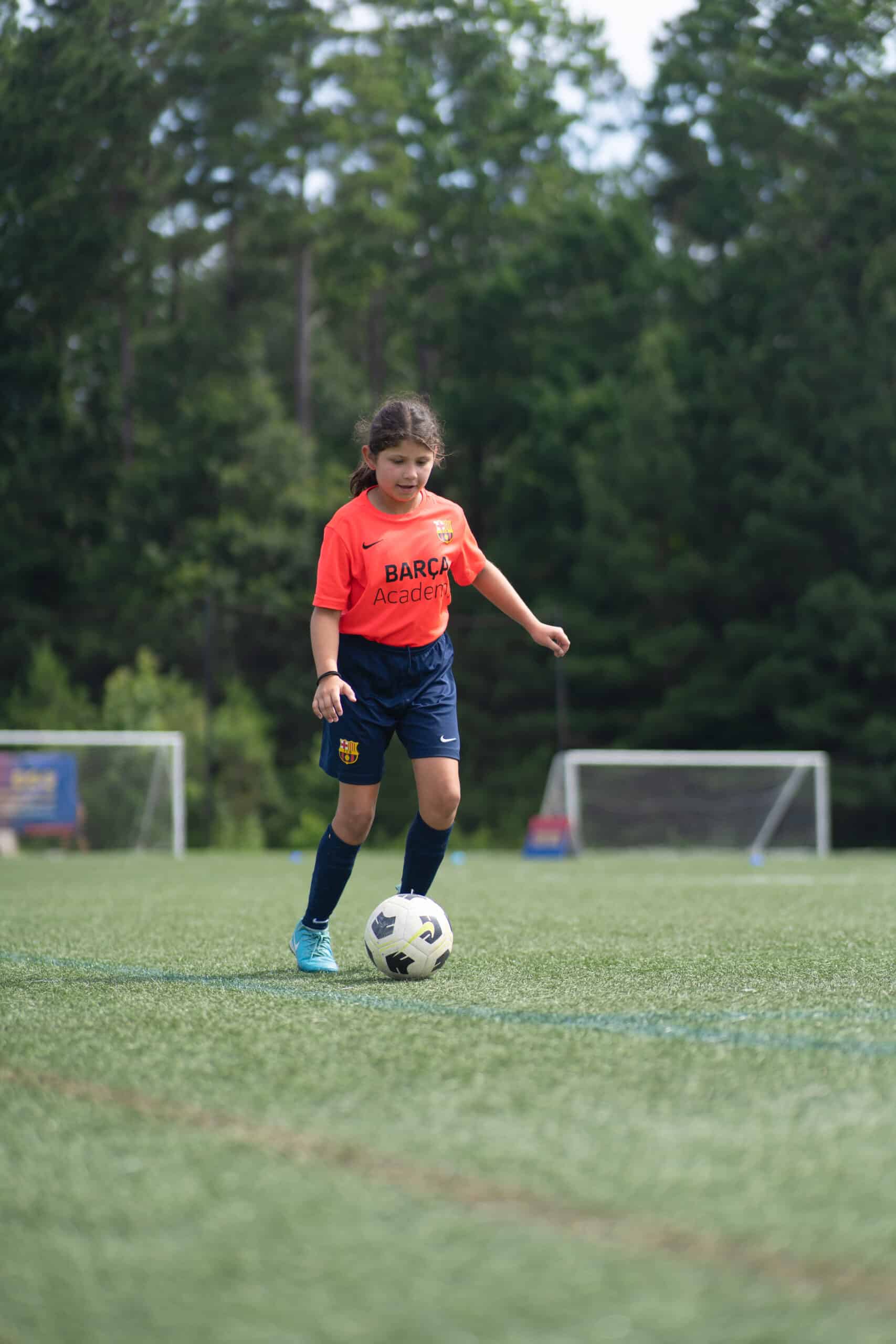Whether it’s beating opponents to the ball, making quick turns, or sprinting past defenders, speed can be the difference-maker in a match. In this article, we will explore how speed training can significantly enhance your performance at Barça Academy and provide you with practical strategies to improve your speed on the pitch.
Understanding the Importance of Speed in Football
Speed has become a crucial asset for players in all positions. It enables attackers to break through defensive lines, midfielders to cover ground quickly, and defenders to track back and recover possession. Speed allows players to execute plays with precision, exploit gaps in the opposition’s defense, and create scoring opportunities.
1.1 Benefits of Speed Training at Barça Academy
Speed training at Barça Academy goes beyond just running faster. It focuses on developing the necessary components that contribute to overall speed performance. By undergoing specialized training, players can experience several benefits, including improved acceleration, enhanced agility, increased endurance, and better game intelligence.
Essential Components
To optimize your speed performance, it is essential to work on various components that contribute to overall speed. These components include:
Developing Explosive Power: Explosive power is crucial for quick starts, sudden changes of direction, and explosive bursts of speed. Plyometric exercises, such as bounding and depth jumps, can help develop explosive power in the lower body.
Enhancing Acceleration and Deceleration: Acceleration and deceleration are fundamental aspects of speed in football. Sprint training, focusing on short bursts of maximum effort, can improve your ability to accelerate and decelerate quickly.
Improving Agility and Change of Direction: Agility and the ability to change direction rapidly are essential for evading opponents and maneuvering through tight spaces. Speed ladder drills and cone exercises can enhance your agility and change of direction capabilities.
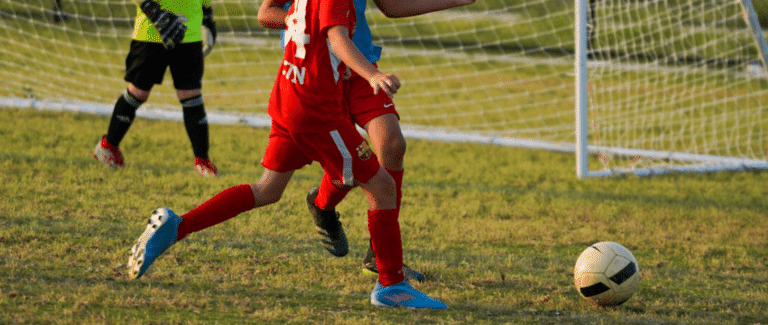
Building Endurance for Speed: Endurance is crucial for maintaining high-intensity sprints throughout a match. Incorporating aerobic and anaerobic conditioning exercises into your training can enhance your endurance capacity, allowing you to sustain speed for longer periods.
Proper Warm-up and Cool-down Strategies
Before engaging in speed training, it’s crucial to properly warm up your muscles and prepare your body for intense physical activity. Incorporate dynamic stretches and mobility exercises to warm up, followed by a cool-down routine that includes static stretches to promote recovery and prevent injuries.
Nutrition and Hydration for Optimal Speed Performance
Proper nutrition and hydration play a significant role in maximizing your speed potential. Fuel your body with balanced meals that include carbohydrates, proteins, and healthy fats. Stay hydrated before, during, and after training sessions and matches to maintain optimal performance.
Rest and Recovery
Rest and recovery are essential for speed development. Allow your body enough time to recover between training sessions to prevent overtraining and reduce the risk of injuries. Incorporate rest days into your training program and prioritize quality sleep for optimal recovery.
Mental Preparation for Speed Enhancement
Speed training is not solely a physical endeavor; it also requires mental preparation. Develop mental toughness, focus, and concentration through visualization techniques, positive self-talk, and goal setting to enhance your speed performance.
Injury Prevention and Rehabilitation
Injuries can hinder speed development and overall performance. Incorporate injury prevention strategies such as proper warm-up, cool-down, and stretching routines. If injured, seek appropriate rehabilitation protocols and guidance from qualified professionals to ensure a safe return to training.
The Barça Academy Approach to Speed Training
At Barça Academy, speed training is integrated into the overall development program. It is combined with technical and tactical training to ensure a comprehensive approach to player development. Individualized speed development programs are designed to address specific player needs and goals.
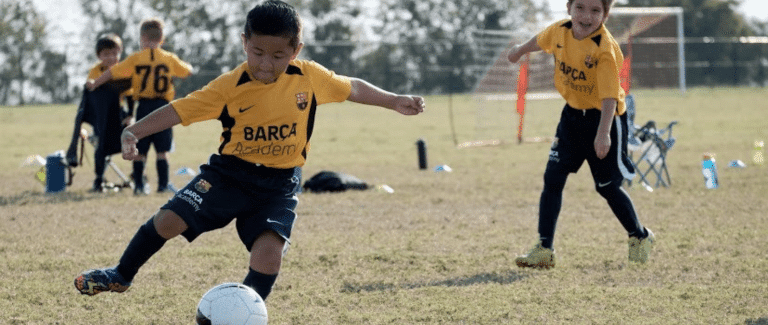
FAQs
Q1. How long does it take to see improvements in speed with training?
A1. The timeline for speed improvements varies from person to person. Consistent training, combined with proper technique and recovery, can lead to noticeable improvements within a few weeks to a few months.
Q2. Can speed training help older players improve their performance?
A2. Yes, speed training is beneficial for players of all ages. While older players may experience slower progress compared to younger individuals, dedicated training can still lead to improvements in speed, agility, and overall performance.
Q3. Is speed training only beneficial for outfield players?
A3. No, speed training is beneficial for all positions on the field. While outfield players may have more opportunities to showcase their speed, goalkeepers can also benefit from improved speed and agility to react quickly and cover the goal area effectively.
Q4. What role does flexibility play in speed performance?
A4. Flexibility plays a crucial role in speed performance. It allows for a wider range of motion, reduces the risk of injuries, and enables smoother and more efficient movements, essential for maximizing speed potential.
Q5. How often should speed training be incorporated into a training program?
A5. The frequency of speed training depends on various factors, including the individual’s fitness level, goals, and the overall training program. In general, incorporating speed training two to three times per week, with adequate rest and recovery between sessions, is recommended for optimal results.
Conclusion
Speed training is a crucial aspect of performance enhancement at Barça Academy. By understanding the importance of speed in football and implementing effective training strategies, players can significantly improve their speed, agility, and overall performance on the pitch. Remember to focus on the essential components of speed, incorporate proper warm-up and cool-down routines, prioritize nutrition and hydration, and emphasize rest and recovery. With dedication, proper guidance, and a comprehensive training approach, you can take your speed performance to new heights.






